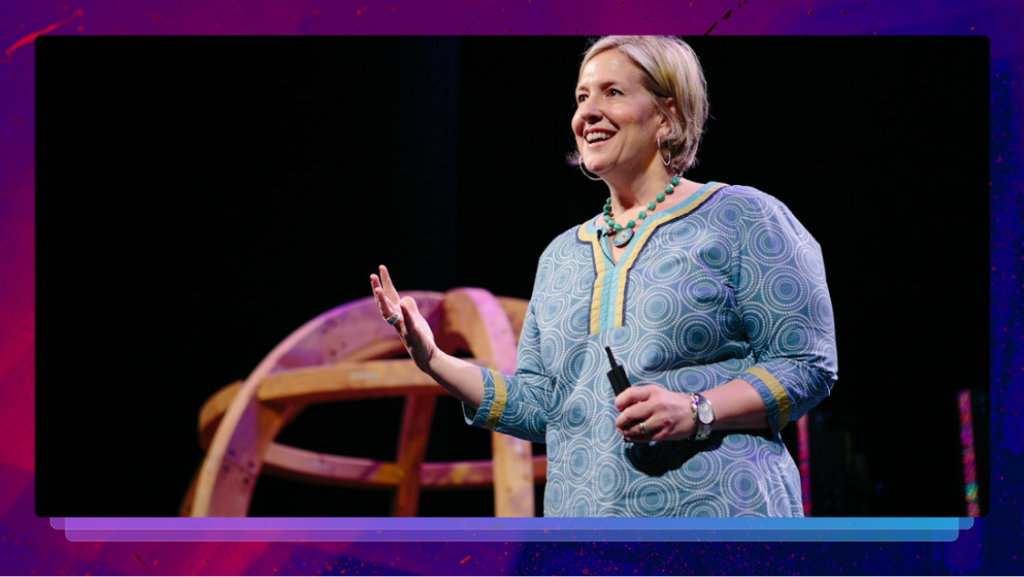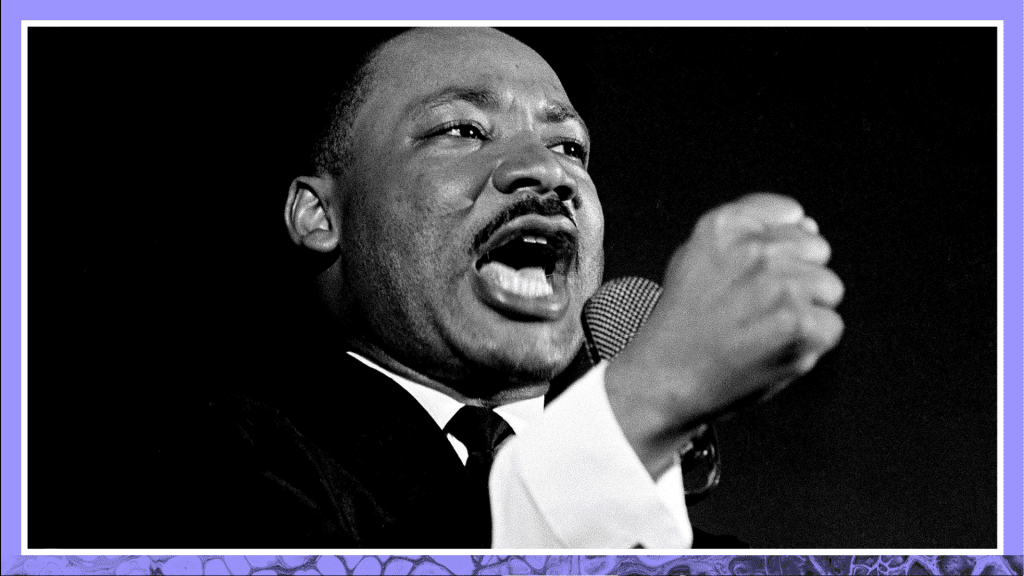How to Record and Transcribe Family History Stories Like a Pro
Learning about your family is a great way to stay connected. Here's how to record and transcribe family history stories.

The holiday season is upon us, so why not connect in a deeper way? Talking about your family history together and recording your stories is an excellent way to use this time.
Preserving your family history is important, because so much can get lost as memories fade over the years over the years. Drawing your family tree shows you and your children where you come from. And the stories behind the family tree will add depth to those people and contribute to the records of your human history.
Family History is Good for Families
Recording family stories for yourselves and future generations helps you to learn and bond. In one study, 67% of family historians said that knowing their family history made them wiser. And 72% said it made them closer to old relatives.
Reminiscing with older family members is good for their mental health. And family history gives your kids firm ground to stand on. In another study, two psychologists quizzed 48 families about their histories. The children who knew the most about their families had higher self-esteem. “Even if they were only nine, their identity stretched back 100 years, giving them connection, strength, and resilience,” the study’s authors reported.
The Recording Process
Nervous about how to conduct oral history interviews or the work involved? There’s no need to be. You can record your family with your phone, and it is now very affordable to have your recordings transcribed.
How to Prepare
Tell somebody to “start talking,” and they won’t know where to begin! Instead, questions and prompts will ease the process. Some relatives may give short answers and need more prompting. Others will talk for as long as you let them. List your questions under themed subtitles like “love,” “school,” “grandpa,” or by year. When each answer dries up, move onto the next question or theme. Here is a good list of questions to ask.
Balance broad questions with specific details. If your interviewee backs off from personal questions, try something more broad initially and then naturally move into more detailed territory. If you ask about food or clothes, you can really get the ball rolling — soon, they’re telling you everything!
When and Where to Record Your Family History
Find a time that is convenient for both of you. It’s no good to rush. Try to schedule at least two sessions. That way, you have a chance to follow up on interesting leads.
The location should be quiet. Don’t let a busy road or loud TV ruin your voice recording. Indoors is better, away from any wind your recorder may pick up. If recording both audio and video, find a location that means something to your interviewee or family.
Ready? Begin your recording by saying the date, who is present, and where you are.
What to Use to Record Family Stories
Recording Live
If you’re face-to-face with your interviewee, use a digital audio recorder. This could be a professional recording device or your phone. The voice memos app on your smartphone will do, but Rev’s Voice Recorder App produces better audio quality, and you can order transcripts right from the app.
Recording via Video Conference
Everyone from your boss to your grandma is using Zoom this year. You can get face-to-face chemistry even when miles apart. Most video conferencing programs allow you to record your conversation as a video. Send this video to a company such as Rev to transcribe your chat. If you use Zoom, you can just send Rev the link and we’ll produce a fast, accurate, affordable transcript!
Recording Over the Phone
Face-to-face interviews aren’t always possible, and thankfully, a phone call can still be very intimate. Try using Rev’s free App to easily record your calls with relatives.
Back Up and Share Your Family’s Stories
Make sure not to lose these precious recordings. Transfer the files to a hard drive and back them up using Dropbox or Google Drive. (Rev’s recording apps have the option to back up to Dropbox automatically).
Transcription makes it easy to store interviews and read them back. Rev provides accurate, affordable transcription services. Depending on your budget, you can opt for an AI-generated rough draft or a human-generated, 99 percent accurate version.
Share the recordings so that future family members can find what they need. You could even self-publish the transcription using a service such as Lulu or Blurb. The Center for Oral History suggests donating a copy to a local historical society.
Staying Connected
Asking parents, grandparents, and other relatives about your family history is a good way to stay connected. It brings families together and preserves the memories of loved ones. And these days, the tools to do so are available to everyone. Ready, set, record!













